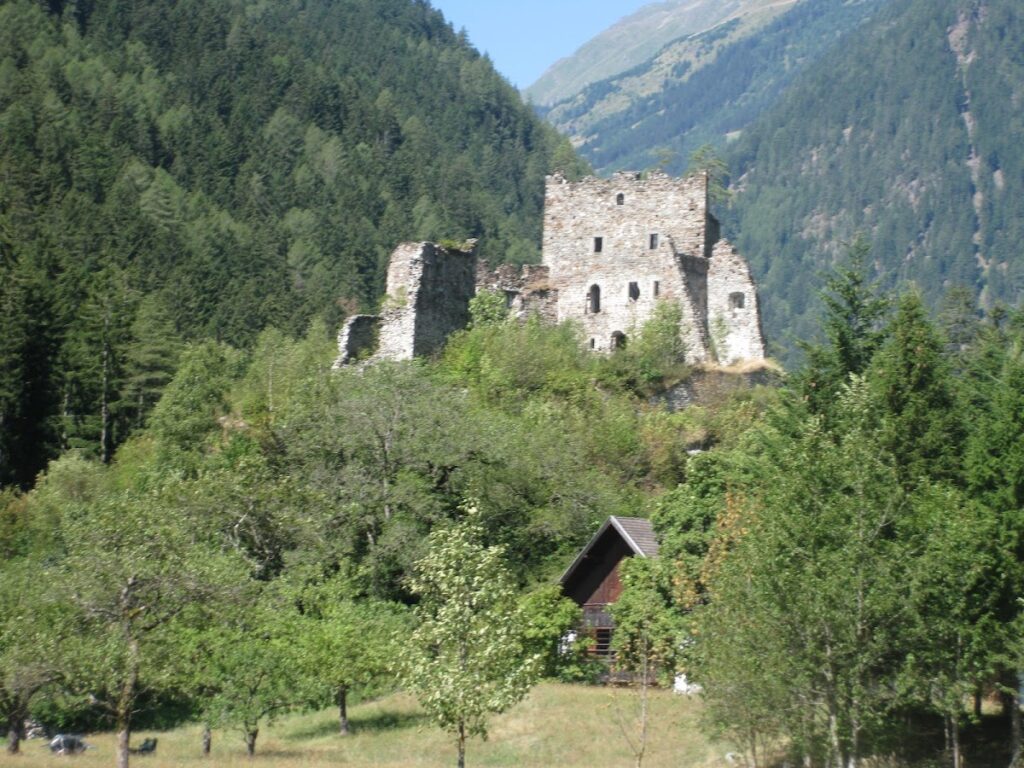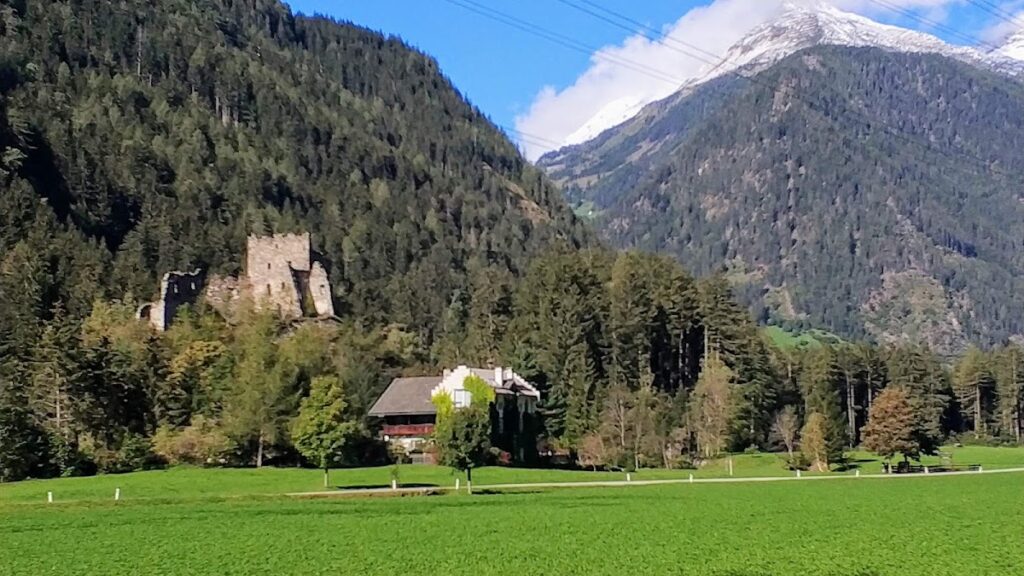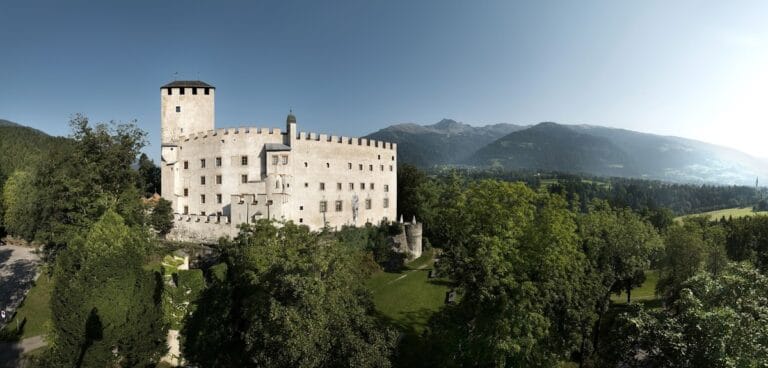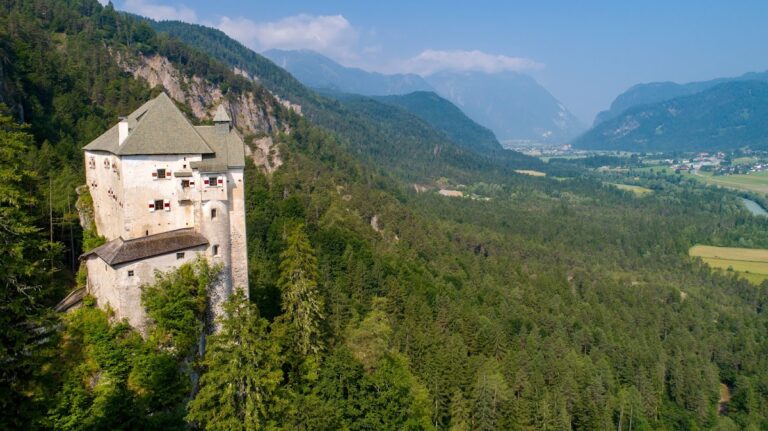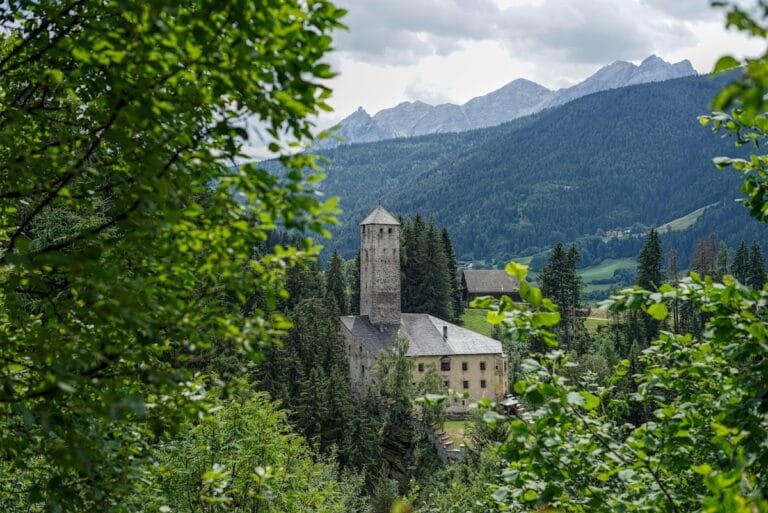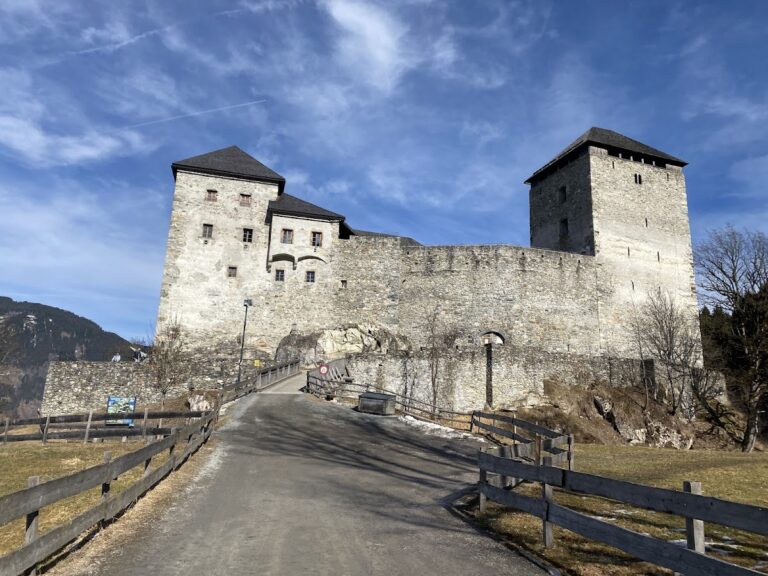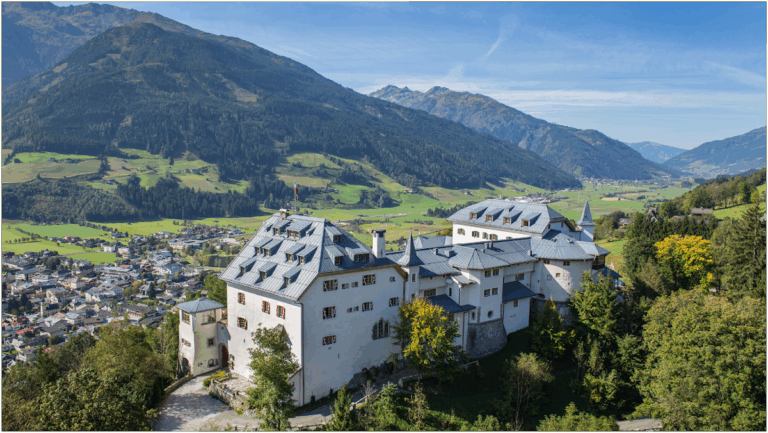Burg Kienburg: A Medieval Castle Ruin in Austria
Visitor Information
Google Rating: 3.3
Popularity: Very Low
Google Maps: View on Google Maps
Country: Austria
Civilization: Unclassified
Remains: Military
History
Burg Kienburg is a hilltop castle ruin located in the municipality of Sankt Johann im Walde, Austria. The castle was constructed by medieval European nobility and first appears in historical records around the year 1000.
Initially, the Counts of Lechsgemünd held ownership of Burg Kienburg. In 1212, control of the castle shifted to the Archbishopric of Salzburg, reflecting its integration into the region’s ecclesiastical and political spheres. During the mid-13th century, the castle became a significant site amid conflict between Archbishop Philipp von Spanheim of Salzburg and Emperor Frederick II. This period of warfare brought battles and destruction near the castle, revealing its strategic importance in ongoing power struggles.
Following the 13th century, Burg Kienburg frequently changed hands as regional powers vied for control. It remained inhabited until 1579, when a devastating fire rendered the structure unlivable. Count Christoph von Kienburg, the last occupant, abandoned the castle thereafter. Ownership of the surrounding lands eventually transferred to the Austrian state before entering private possession. The Wanner family acquired the estate in 1825, and it later passed to the Stocker family in 1936. In 1945, an American airstrike caused significant damage, destroying the main tower and much of the castle’s central area. Efforts to stabilize and restore the remaining ruin are currently in progress.
Remains
The remains of Burg Kienburg reveal a fortress designed around a central courtyard, which is enclosed on the southern side by a protective ring wall. Projecting northward from this defensive barrier, a residential wing once housed the castle’s living quarters. The ring wall itself showcases construction techniques typical of the 12th century, featuring sections of laid rubble stone interspersed with opus spicatum masonry. Opus spicatum, or “herringbone” pattern masonry, involves arranging stones diagonally to create a distinctive zigzag texture, reflecting medieval building methods.
Perched atop a rocky hill between the villages of Huben and Sankt Johann im Walde, approximately midway between the towns of Lienz and Matrei, the castle’s elevated position afforded natural defenses and commanding views of the surrounding landscape. Among the ruins stand the remnants of the main tower, which was largely destroyed during the bombing in 1945. The surviving structural elements remain fragmentary, yet provide insight into the tower’s former prominence within the castle complex.
Today, Burg Kienburg exists as a ruin undergoing careful renovation to prevent further deterioration. The entire site lies within a private estate covering roughly 103 hectares, which also contains five additional buildings and a natural pond. One of these buildings, known as the “Heubad,” functions as a wellness facility managed by the current owners, integrating the historic setting into contemporary use.
